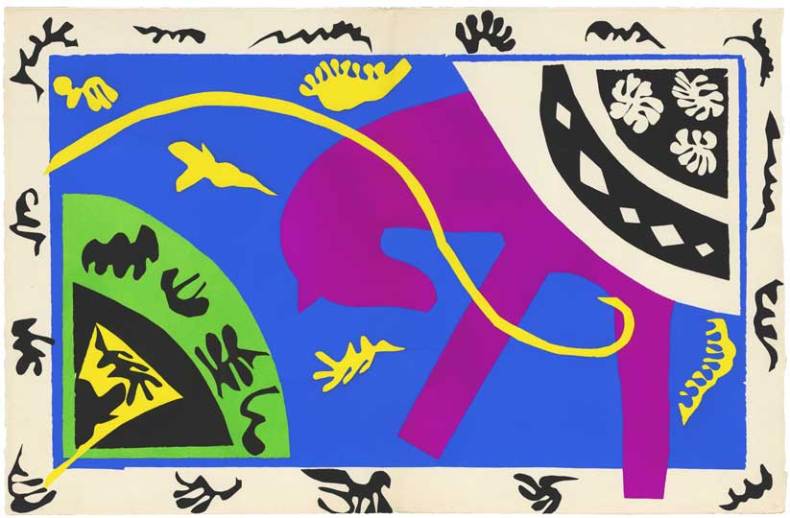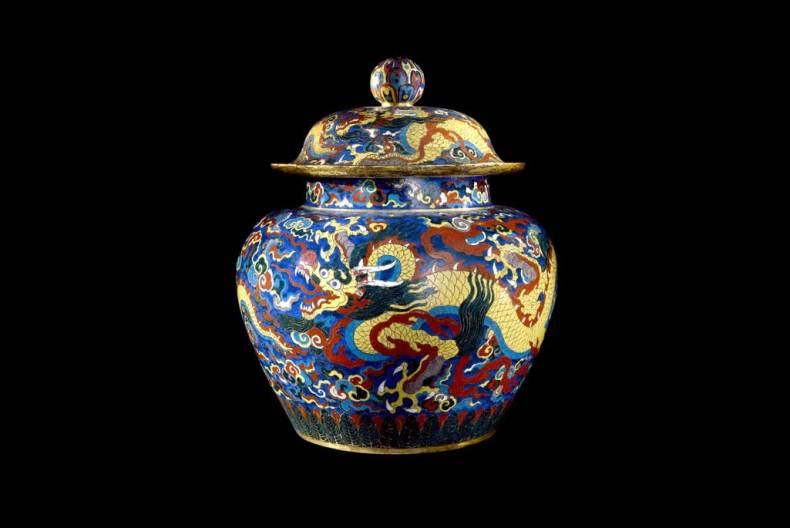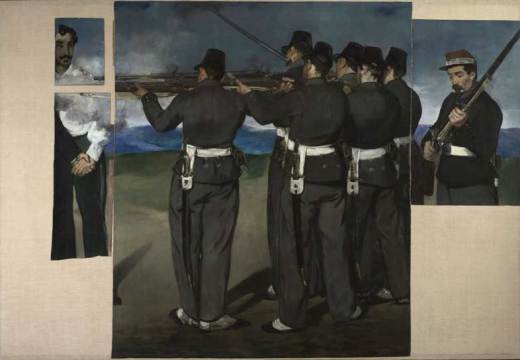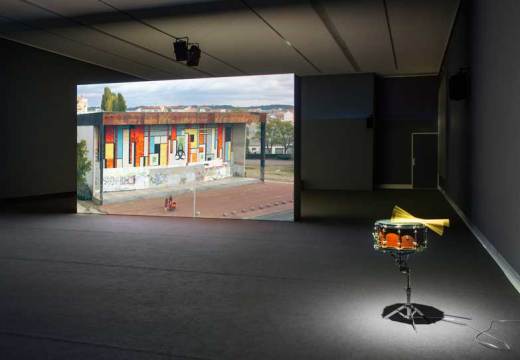Exhibitions can be revelatory events, shedding new light on particular artists or historical periods, and influencing public opinion. The Apollo Exhibition of the Year Award recognises some of the recent museum shows that can claim such an impact. The winner will be announced in the December issue of Apollo. Find out more about the Apollo Awards 2014.
The Passions of Jean-Baptiste Carpeaux
Metropolitan Museum of Art, New York/
Musée d’Orsay, Paris
The first large-scale exhibition of Carpeaux’s work in 38 years combined the display of the sculptor’s public works with valuable insights into the social ambitions that spurred him on. There were also surprises, in the form of Carpeaux’s intimate portrait busts of his friends and his brutally direct self-portraits. This was, wrote Anne Higonnet in Apollo, ‘a splendid, lucid and definitive survey’.
Kalkin, Vishnu’s Future Avatar (detail) Lent by National Museum of Cambodia, Phnom Penh. Photo: Thierry Ollivier
Lost Kingdoms: Hindu-Buddhist Sculpture of Early Southeast Asia, 5th to 8th Century
Metropolitan Museum of Art, New York
This exhibition brought together major loans of sculptures from seven kingdoms, ranging from modern-day Burma to Indonesia: many had been inaccessible to Western scholars for lengthy periods over the last 50 years. The display of these works, many of which were discovered in the 19th century, demonstrated how each region combined Buddhist motifs with its existing traditions. Read our online review…

‘The Horse, the Rider and the Clown’ (1943-4), Henri Matisse, © Centre Pompidou, MNAM-CCI, Dist. RMN-Grand Palais / Jean-Claude Planchet © Succession Henri Matisse/DACS 2013
Henri Matisse: The Cut-Outs
Tate Modern, London/
Museum of Modern Art, New York
This landmark show brought together for the first time many of the paper cut-outs that Henri Matisse produced from 1936 until his death in 1954. As ill-heath prevented the artist from being able to paint, he began ‘carving into colour’, inventing a new medium that would lead to the creation of such masterpieces as The Parakeet and the Mermaid (1952) and The Snail (1953). Read our online review…

Cloisonné enamel jar and cover with dragons (1426–1435), Beijing © The Trustees of the British Museum
Ming: 50 Years that changed China
British Museum, London
The Ming Dynasty lasted for 276 years, but this exhibition at the British Museum concentrated on 1400–50, the prosperous half century during which Beijing became the imperial capital. Even though many of the artefacts had never previously been shown outside China, the curators of the exhibition stressed the cosmopolitan mood of this period of Chinese history, placing an emphasis on trade and diplomacy. Read our online review…
Pontormo & Rosso Fiorentino: Diverging Paths of Mannerism
Palazzo Strozzi, Florence
Mannerism is often dismissed as a decadent style, but this exhibition roundly challenged such negative connotations. It focused on the work of two 16th-century Tuscan artists, Rosso Fiorentino and Pontormo, emphasising their individuality while also allowing unifying period themes to emerge. Many of the paintings were specially restored for the exhibition, and offered revelatory insights into the artists’ methods.
Which exhibitions have most impressed you this year? Let us know in the comments…
Related Articles:
Review: Lost Kingdoms: Hindu-Buddhist Sculpture at the Metropolitan Museum (Louise Nicholson)
Review: Matisse’s cut-outs at Tate Modern are brimming with life (Lowenna Waters)
Review: ‘Ming: 50 years that changed China’ at the British Museum (Alice Williamson)




























